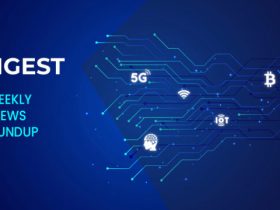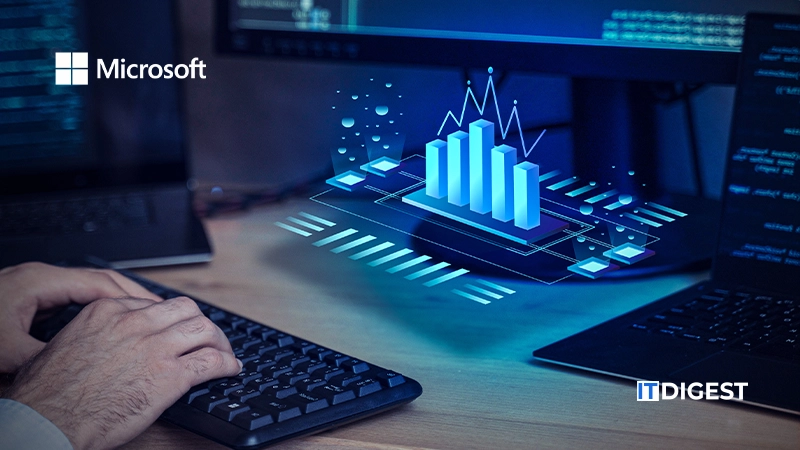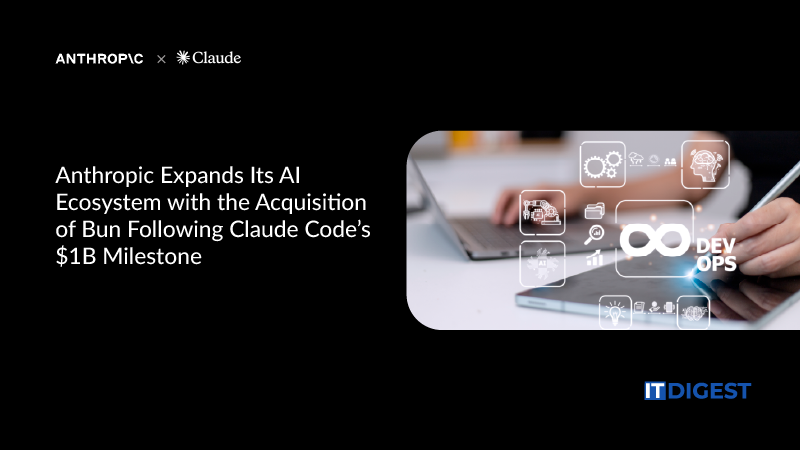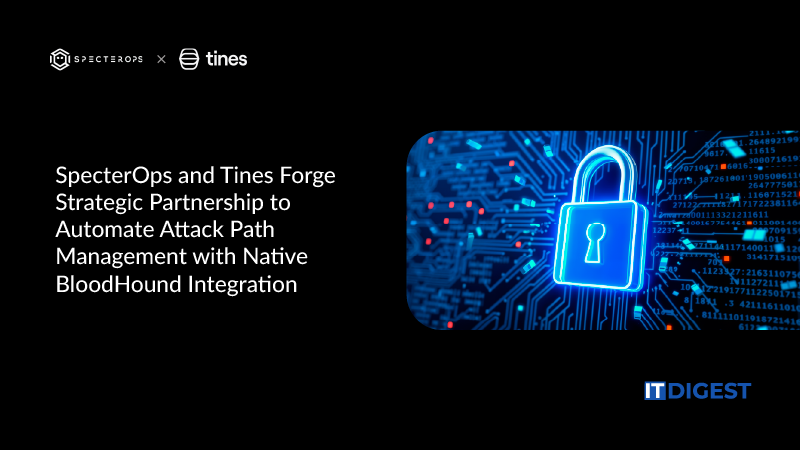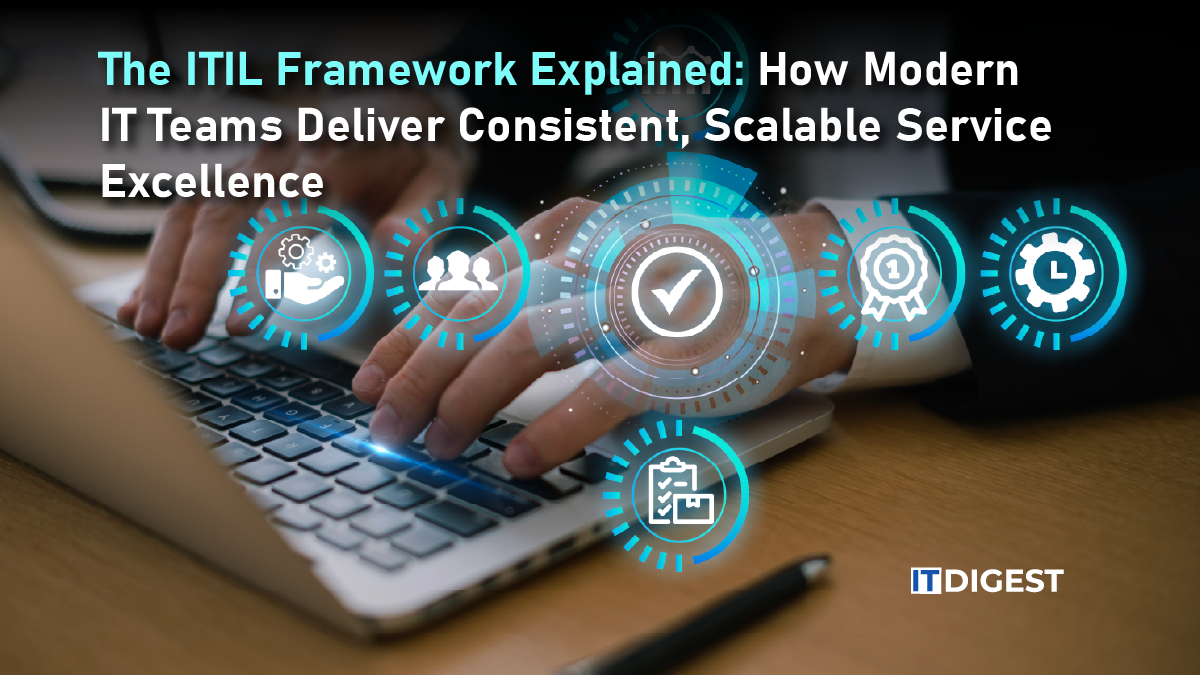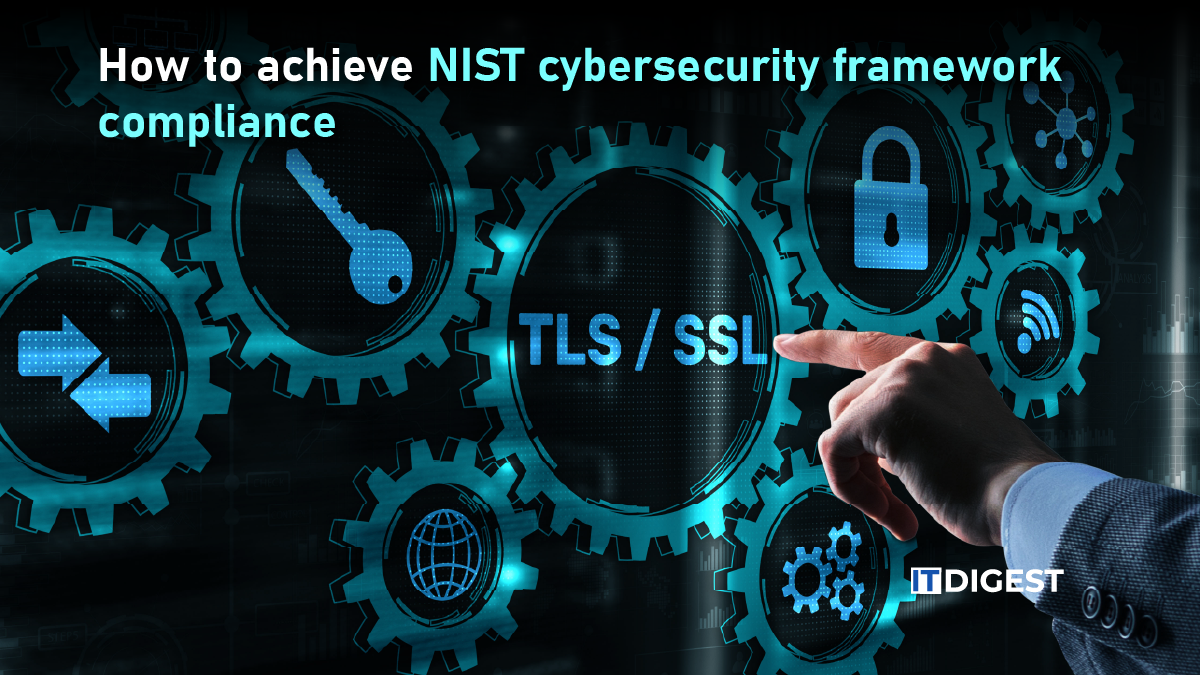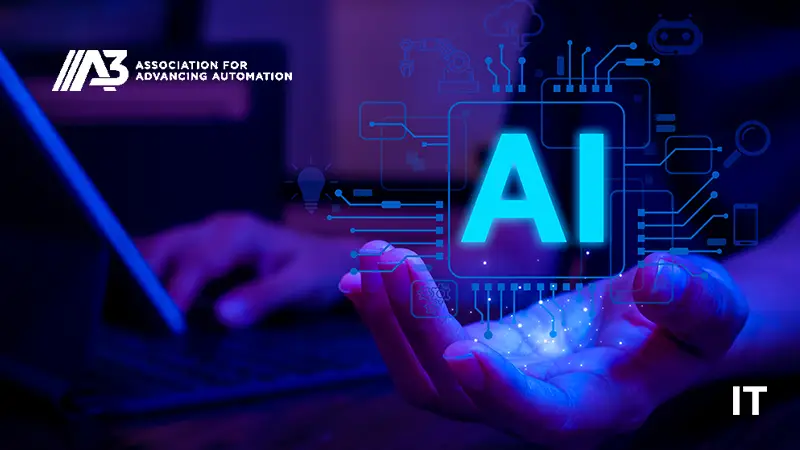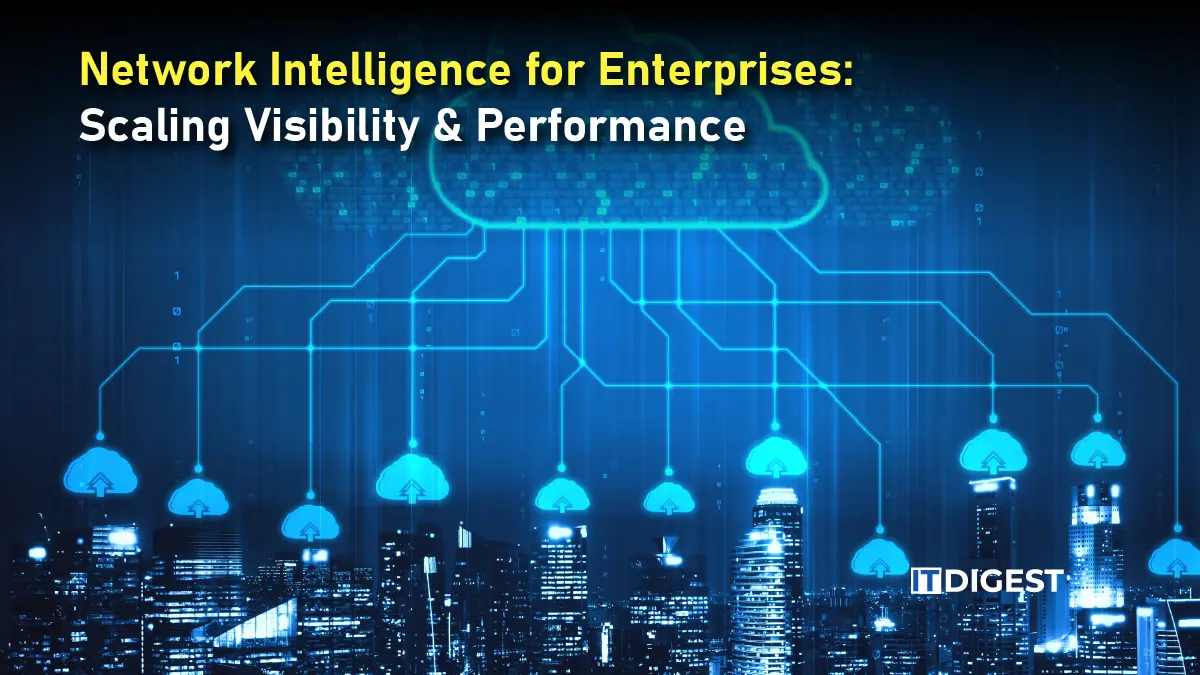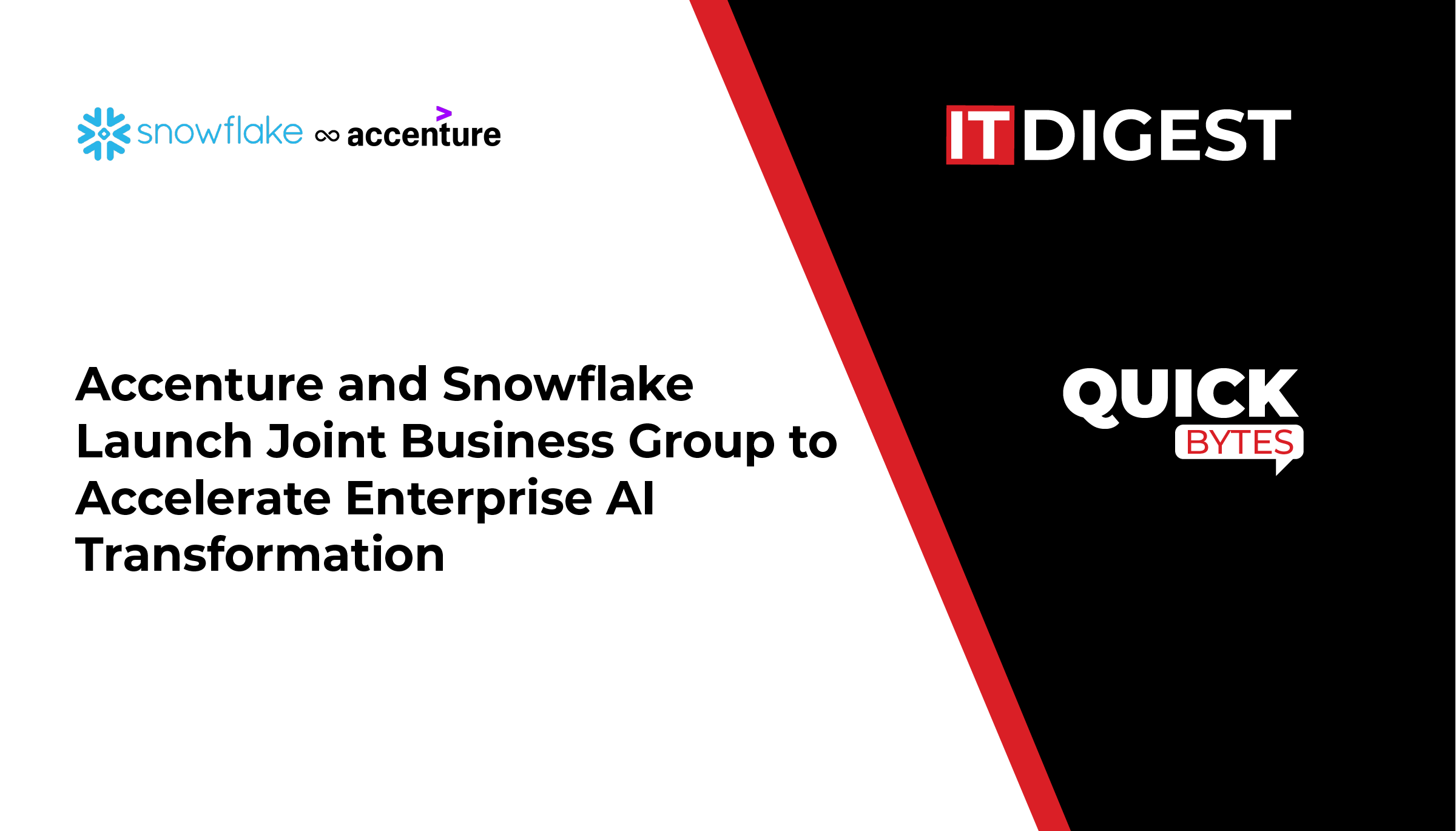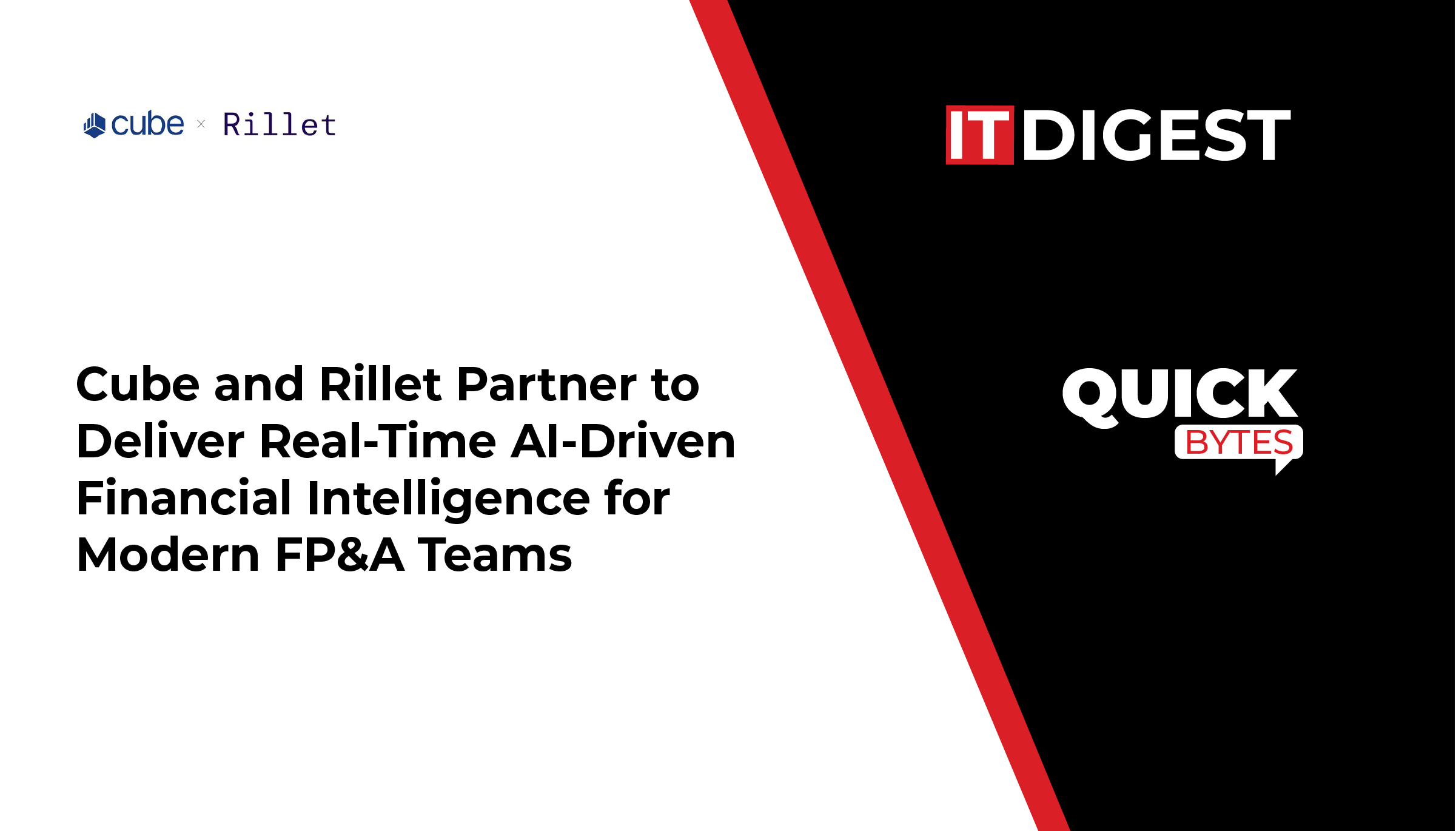Networks are getting complicated fast. Companies rely on multiple clouds, remote work tools, and tons of SaaS apps. At the same time, IoT devices and edge computing are multiplying everywhere. Traditional monitoring tools just cannot keep up anymore. Alerts pile up, teams get tired, and problems slip through.
This is where network intelligence comes in. It is not just about watching the network. It uses AI and machine learning on real-time data to spot patterns, predict issues, and even suggest or take action before things break.
It is no longer optional. Companies that want to see everything happening across their networks, keep performance steady, and stop problems before they affect work need network intelligence. Deloitte’s Tech Trends 2025 report shows AI is becoming everywhere, like electricity or HTTP. And the Cyber Threat Trends Report 2025 highlights why intelligent defenses are critical against AI-driven attacks.
Moving Beyond Reactive Management
Networks are getting too complicated for old monitoring tools. Systems that work in silos throw alerts all day, and teams often ignore them because there are too many. Relying on simple thresholds only catches obvious problems. Minor issues slip through, creating downtime and slowing responses. Even short outages can interrupt work, frustrate customers, and hurt revenue.
Network intelligence flips this approach. Capgemini’s research shows that by 2025, Level 4 autonomous networks will be essential. They notice strange patterns early, predict possible failures, and can fix some problems automatically before anyone sees them. Banks are already using similar ideas with fraud prevention APIs, stopping suspicious activity instantly by checking devices or accounts.
The lesson is clear. Waiting for issues is no longer an option. Companies that embrace intelligent networks act first, prevent disruptions, and keep operations running without surprises.
Achieving End-to-End Real-Time Visibility
Networks today produce mountains of data every second. Flow logs, packet captures, API calls. Old tools get lost in it. And that matters because problems slip by unnoticed. Network intelligence changes the game. It gathers the data, organizes it, and points teams to what really matters. Problems show up before anyone complains.
Context is everything. A slow application doesn’t just appear. Network intelligence can trace it back to the exact device, link, or routing issue causing the slowdown. Fixing it takes less time. Outages are shorter. Users stay happy.
Apps live everywhere now. Clouds, SaaS, the edge. Application-aware monitoring makes sure nothing gets lost. Google Cloud’s Network Intelligence Center is a clear example. Its dashboards and tools like Connectivity Tests and Flow Analyzer give teams a view of the whole network, not just bits and pieces.
Seeing patterns clearly helps even more. Sometimes things that look unrelated are actually connected. At WebexOne 2025, Cisco showed networks that move data really fast and keep delays low. These setups are built for AI tools to run smoothly. With secure designs and new devices, companies can use these networks without running into problems. Add insights from M-Trends 2025, and teams can spot security threats early while keeping performance steady.
The point is simple. End-to-end visibility is no longer optional. With telemetry, user mapping, app-aware monitoring, and smart dashboards, network intelligence turns chaos into clarity. Teams act fast, prevent trouble, and keep operations running smoothly.
Performance Optimization and Assurance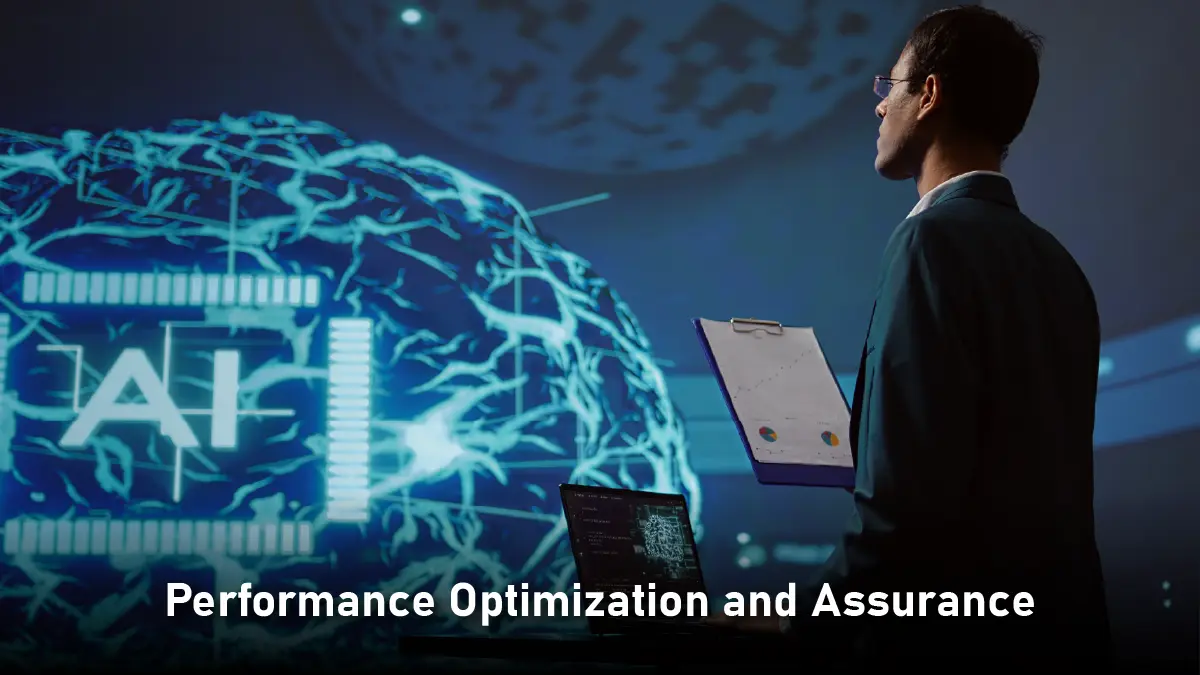
Keeping networks running smoothly is not about reacting to problems anymore. The idea is to catch problems before they even show up. Think of it like traffic on a busy road. AI watches the flow and moves things around so nothing gets stuck. When too many people are online at once, the system spreads the load automatically. Slowdowns happen less. Outages happen even less.
Planning capacity is also changing. Instead of looking at last month’s averages, predictive analytics now forecast bandwidth or hardware limits. Teams can see when a server might get overloaded or when extra network capacity will be needed. This reduces surprises and keeps operations steady.
Latency and jitter matter more than ever. VoIP calls, video meetings, and financial transactions need networks that respond instantly. Intelligent systems help maintain smooth performance for these sensitive applications, even under heavy load.
Microsoft has been recognized as a leader in cloud-native application platforms in 2025. Azure IoT Operations makes this real by cleaning and organizing OT and IoT data at the edge. This gives companies a clear picture of performance and lets them make faster, smarter decisions.
AWS adds another layer with exercises like Cyber Fortress 2025, a cloud-based cyber range defending the electric grid. It involved hundreds of participants from dozens of organizations, showing the importance of cloud-scale network intelligence. Their new Network Firewall rule groups provide active threat defense, spotting suspicious activity across global networks before it can cause trouble.
Performance optimization is not something companies can ignore anymore. By tuning networks with AI, planning capacity ahead of time, and keeping an eye out for threats, teams can prevent problems before they appear. The network stops being a source of headaches and starts helping work run smoothly.
Also Read: Top 5 Applications of AI in Telecom You Should Know in 2025
Proactive Prevention via AIOps
Networks are messy. Alerts pop up all the time. Most of them are nothing. The tricky part is knowing which ones really matter. That is where anomaly detection comes in. It notices patterns that actually point to trouble. Without it, teams chase every tiny blip and waste hours.
Predicting failures comes next. Sometimes things slow down here, traffic spikes there. Alone, they seem small. But together, they can turn into bigger problems. Machine learning watches these little hints so teams can act before anyone even notices. It is like catching a leak before it floods the room.
Then comes self-healing. The system can fix some issues by itself. It might restart a service. Move traffic around. Adjust resources automatically. Teams don’t have to wait for alerts or scramble to fix things manually. The network starts taking care of itself.
Security is part of this too. Strange logins, weird traffic, or unexpected data movement can signal a breach. Network intelligence can catch these early. AWS shows this with active threat defense across its cloud systems. M-Trends 2025 helps teams understand which threats to watch and how attackers are changing their moves.
The network starts thinking ahead. Teams stop reacting all the time. Problems get solved before anyone notices. Threats get spotted early. Performance stays steady. Networks stop being a pain and start helping work move along. It is not magic. It is just planning, intelligence, and automation working together. And that makes a huge difference in keeping systems reliable and secure.
Implementing Network Intelligence with A Strategic Approach
Step one is all about the data. You need it clean, organized, and easy to understand. If the telemetry coming from your network is messy, network intelligence will struggle. You end up guessing instead of really knowing what’s going on. And that just makes everything slower. It is like looking for one paper in a messy pile. You dig and dig. You get frustrated. Hours can go by before you find it. You keep digging and digging and can waste hours if it is not organized.
Step two is about the tools you already have. Don’t throw them away. Keep your ITSM systems, your monitoring tools, and your configuration platforms. Network intelligence should work with them, not replace them. When everything fits together, you can see the whole picture and act faster.
Step three is to start small. Pick one area to try it out, maybe SD-WAN performance or cloud edge monitoring. Run a pilot, see what works, adjust what doesn’t. Teams get comfortable this way, and you avoid big surprises.
Do these three steps, and your network starts thinking a bit ahead. You catch problems early, reduce surprises, and make work smoother.
The Foundation of Digital Resilience
At the end of the day, network intelligence gives companies three big advantages. You see what is happening across your network, keep performance steady, and stop problems before they grow. It changes how work gets done.
It is not just a tool. It helps businesses deal with bigger, messier digital systems. At Cybersecurity 2025 in Dubai, hundreds of experts got together to tackle real problems. And the WEF’s Strategic Intelligence platform shows how AI and network intelligence are changing the way things get done.
The shift is clear: teams move from managing parts to managing outcomes, and that makes all the difference.




